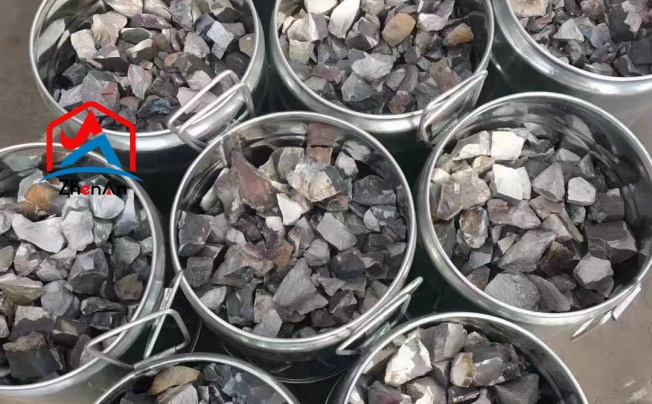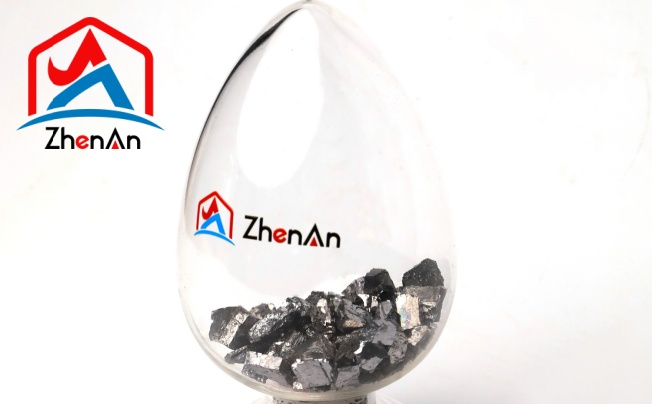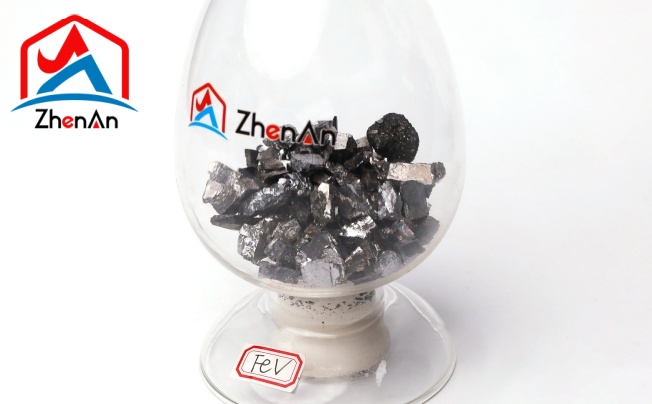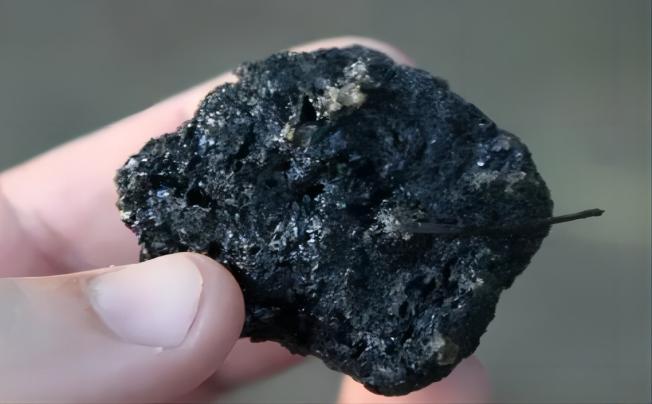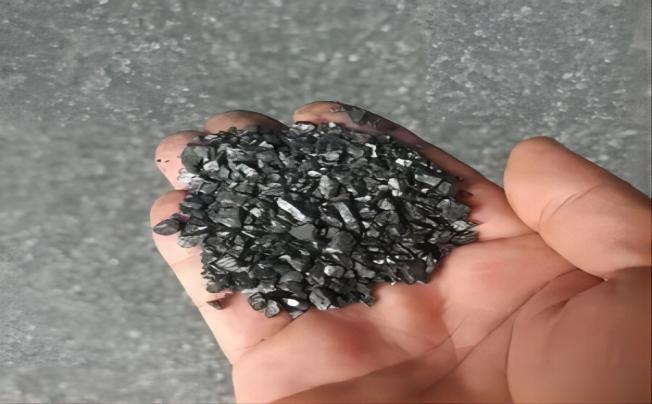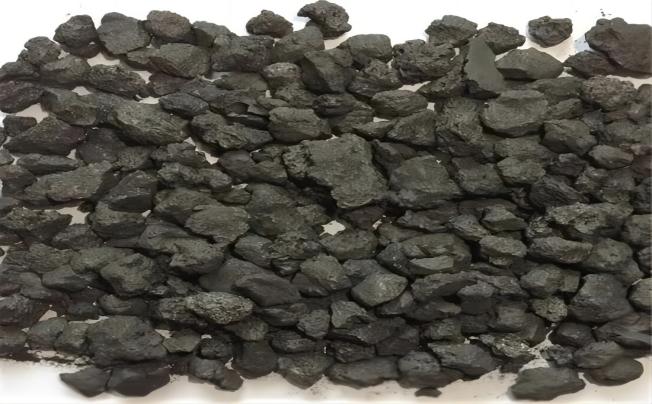What is Calcined Petroleum Coke?
Petroleum coke is heated to a high temperature during the calcination process, yielding calcined petroleum coke (CPC). Its main application is in the production of anodes for the smelting of titanium, steel, and aluminium.
Production Process: Petroleum coke is heated to a high temperature under regulated conditions to generate CPC. By eliminating moisture and volatile materials, this method raises the carbon content.
Production of Anodes: The main usage of CPC is in the manufacture of carbon anodes for the aluminium smelting process employed by Hall-Héroult. Petroleum coke that has been calcined is favoured because of its low impurity levels, easy accessibility, and affordable price.
Purity and Carbon Content: CPC usually contains between 97% and 99.5% of carbon. Calcined petroleum coke has a high purity and electrical conductivity, which makes it useful for a range of industrial uses.
In various sectors outside aluminium smelting, CPC finds application. It is a raw material used in the anode-making process for metal refining, which includes the manufacture of titanium and steel. It is also used in paints, varnishes, colorings, and other industrial procedures.
Energy Conservation and Recycling: The high temperatures produced during the calcination process of petroleum coke to make CPC offer a chance for energy conservation and recycling.
What Separates Calcined Petroleum Coke (CPC) from Graphite Petroleum Coke (GPC)?
Carbonaceous materials such as graphite petroleum coke (GPC) and calcined petroleum coke (CPC) are utilized in a variety of industries. Although there are many parallels between the two, there are also significant variations.
- Definition and Method of Production:
GPC, or graphite petroleum coke, is a byproduct of the refining of oil. It is made from the residue that remains after crude oil is distilled. The method of high-temperature graphitization, which involves heating raw coke to high temperatures in order to eliminate impurities and enhance its carbon content, is usually used to create GPC.
CPC, or calcined petroleum coke, is another byproduct of the refining of oil. It is made by heating unprocessed petroleum coke to a high temperature in order to evaporate moisture and volatile materials. The raw coke is converted throughout the calcination process into a substance with a greater carbon content that is utilized in a variety of ways.
- Carbon Content: GPC (Graphite Petroleum Coke): GPC is comparatively lower in carbon than CPC. Its carbon content usually ranges from 98% to 99%.
Calcined Petroleum Coke (CPC): CPC has more carbon than GPC. Its carbon content usually ranges from 97% to 99.5%.
- Uses:
Graphite Petroleum Coke (GPC): GPC is mostly utilized in the foundry and steel sectors as a carbon addition. It is used to steel and cast iron goods to increase their carbon content and quality. Graphite electrodes, which are utilized in electric arc furnaces to produce steel, are also produced using GPC.
Calcined Petroleum Coke (CPC): CPC is used in a lot of different ways. Its main application in the aluminium smelting industry is as a carbon anode. Moreover, titanium dioxide, graphite electrodes, and other carbon-based products are produced using CPC as a carbon additive. In furnaces, CPC is also utilized as a fuel-grade coke in cases when the green coke’s metal concentration is too high.
- Expense Factors:
GPC, or graphite petroleum coke, is typically more costly than CPC. However, because of its higher carbon content and superior performance in some applications, GPC is frequently thought to be more cost-effective when it comes to overall use costs.
Calcined Petroleum Coke (CPC): In comparison to GPC, CPC is comparatively less costly. Because of its affordability and versatility, it is extensively available and utilized in a variety of sectors.
What is Calcined Petroleum Coke Used For?
The main applications of calcined petroleum coke (CPC) are as anodes for the smelting of titanium, steel, and aluminium. The following are some important uses for calcined petroleum coke:
Production of Aluminium: The Hall-Héroult aluminium smelting method requires carbon anodes, which are produced with the help of CPC. It supplies the electrical conductivity and carbon content needed for the electrolytic synthesis of aluminium.
Electrodes: Graphite electrodes, which are necessary for electric arc furnaces used in the production of steel and other high-temperature applications, are produced by CPC.
Carbon Raisers: The steel industry uses CPC as a carbon raiser. It contributes to raising the carbon content of steel, enhancing its mechanical qualities and strength.
Cathodic Protection and Electrical Grounding: Electrical grounding and cathodic protection applications for subterranean construction use calcined petroleum coke.
Packing Material: During the baking process, anodes are packed with CPC.




